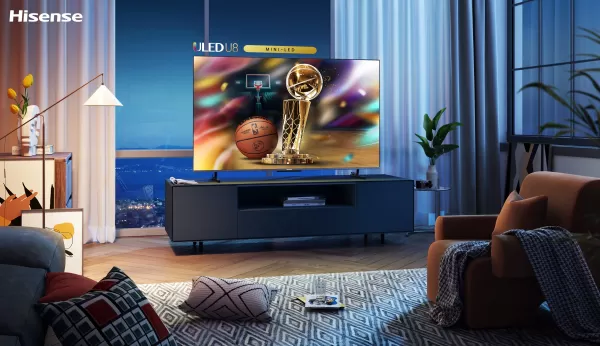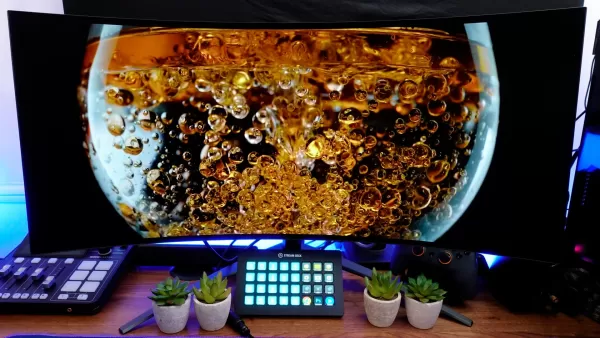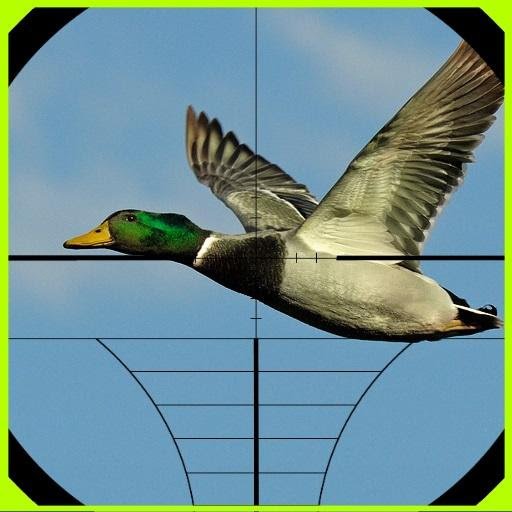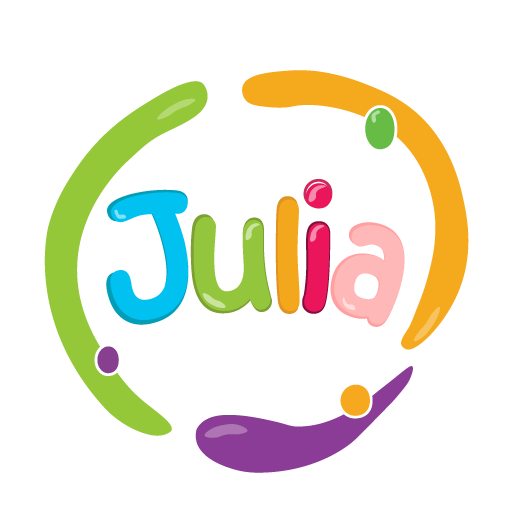Best OLED Display Type for Gaming Revealed
I vividly remember purchasing my first OLED TV, the LG E8 55 inch, back in 2019, just before the world went into lockdown. It turned out to be the perfect companion for isolation. Initially, I didn't fully grasp the essence of OLED (organic light-emitting diode) technology. I knew it differed from LCD displays by using self-lit pixels, which deliver infinite contrast. However, after immersing myself in the vibrant worlds of Final Fantasy XV and The Last of Us Part II, the magic of OLED became clear—it was like reliving nostalgic memories in real-time. Naturally, my journey with OLED didn't end with the E8.
A few years later, I upgraded to the LG C2 65-inch TV, and since then, I've reviewed numerous devices with OLED displays. I've learned that not all OLED screens are the same. In fact, they don't even share the same underlying technology. You might be curious about the types of OLEDs out there. While there are many, you should focus on three main types: WOLED, QD-OLED, and AMOLED.
 WOLED, QD-OLED, and AMOLED: How They Work
WOLED, QD-OLED, and AMOLED: How They Work
OLED technology has been around for decades, with companies like Kodak and Mitsubishi experimenting with it. It wasn't until LG introduced its OLED TVs in the early 2010s that the technology became mainstream.
LG's version of OLED is known as WOLED (White OLED). Although LG doesn't use this term in its marketing, preferring to be synonymous with OLED itself, WOLED uses a pure white OLED layer with an RGBW color filter. This approach addresses the issue of different deterioration rates among red, green, and blue emitters, which can accelerate burn-in. However, using a white OLED layer can lead to imbalanced brightness and reduced color volume due to the nature of color filtering. Higher-end WOLED models attempt to mitigate this with Micro Lens Array technology, which enhances light focus.
In 2022, Samsung introduced QD-OLED (Quantum Dot OLED), which replaces the white OLED layer with a blue one that interacts with quantum dot color converters. Unlike the RGBW filter, quantum dots absorb and convert light without losing brightness, resulting in more vibrant colors.
AMOLED, on the other hand, is a distinct category. It's similar to WOLED but includes a thin-film transistor (TFT) layer that allows for faster pixel activation. However, this comes at the expense of OLED's signature "infinite" contrast.
 WOLED, QD-OLED, and AMOLED: Which Is Better for Gaming?
WOLED, QD-OLED, and AMOLED: Which Is Better for Gaming?
Choosing the right OLED technology for gaming depends on your specific needs and preferences. If you're looking for a straightforward answer, QD-OLED is generally considered the best. However, there are scenarios where WOLED or AMOLED might be more suitable.
AMOLED displays are commonly found in smartphones and laptops. They're less common in TVs due to their cost but offer flexibility, high refresh rates, and excellent viewing angles. They're ideal for smaller devices, though they struggle in direct sunlight due to lower peak brightness.
For gaming monitors and TVs, you'll typically choose between WOLED (often marketed simply as OLED) and QD-OLED. WOLED can achieve high brightness with its white OLED layer, but this is limited to whites. The RGBW filter can reduce brightness across other colors. QD-OLED, on the other hand, offers superior overall brightness and color vibrancy thanks to its quantum dot technology.
In my experience, WOLED performs better in highly reflective environments. My OLED TV, positioned opposite windows, maintains deep blacks despite glare, whereas my QD-OLED monitor on my desk shows a purplish tint in similar conditions. This is because Samsung removed the polarizing layer from QD-OLED displays to boost brightness, which can increase reflections.
While QD-OLED excels in color and brightness, WOLED is less distracting in reflective settings. However, the actual quality of these displays depends on their specifications and, ultimately, your budget—the more you invest, the better the visual experience.
But the future of OLED might not be limited to WOLED and QD-OLED for long.
The Future of OLED Is PHOLED
There are various types of OLED, including PHOLED (Phosphorescent OLED), which uses phosphorescent materials to convert energy into light more efficiently. The challenge with PHOLED has been the shorter lifespan of its blue component compared to green and red, which can render the panel ineffective.
Recently, LG announced a breakthrough in blue PHOLED technology, paving the way for mass production. LG refers to PHOLED as "Dream OLED" due to its 100% luminous efficiency, far surpassing the 25% efficiency of fluorescent OLEDs. This means PHOLED TVs will be brighter and more energy-efficient.
While we won't see PHOLED TVs on the market soon, we can expect to see this technology in smartphones and tablets in the near future.
Latest Articles































